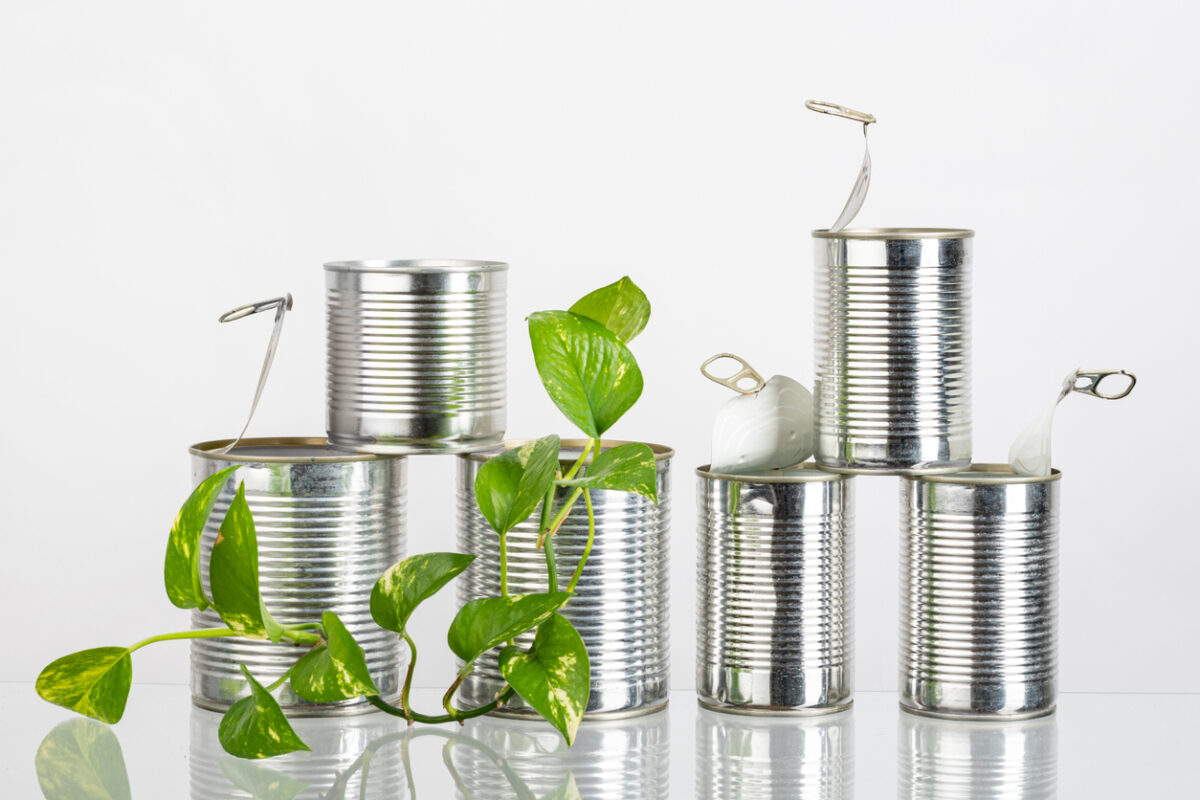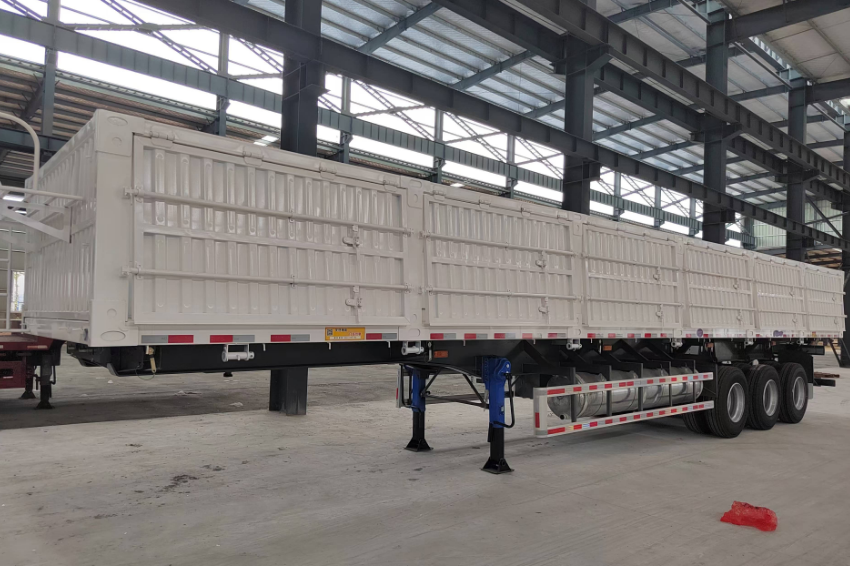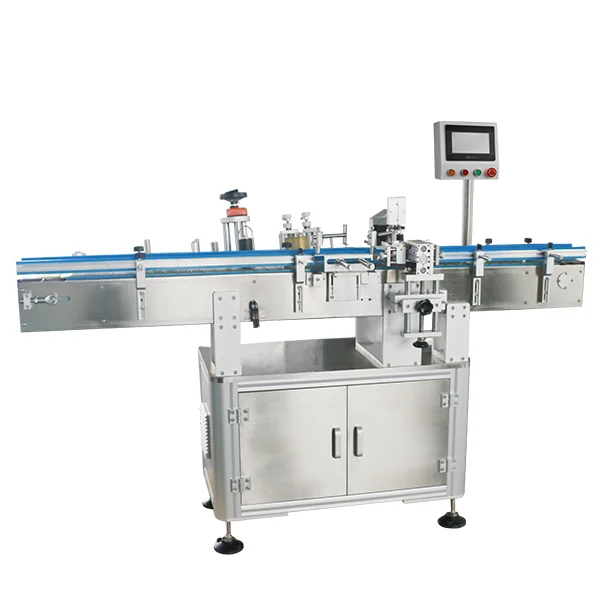Unveiling the Hidden Dimensions: Exploring the Optimal Thickness of Packaging Paper

Packaging paper plays a crucial role in protecting and preserving products during transportation and storage. One of the key factors that determines its effectiveness is its thickness. In this article, we will delve into the depths of packaging paper thickness, exploring its significance, optimal range, and the factors influencing this critical attribute.
- The Importance of Packaging Paper Thickness:
Packaging paper thickness directly impacts the strength, durability, and protective capabilities of the material. A well-chosen thickness ensures that the packaging can withstand external forces, such as compression, impact, and moisture, while safeguarding the enclosed products. It acts as a barrier against potential damage, ensuring the integrity of the package throughout its journey. - Optimal Thickness Range:
Determining the optimal thickness of packaging paper involves striking a delicate balance. Too thin, and the paper may be prone to tearing or puncturing, compromising the protection it provides. On the other hand, excessive thickness can lead to unnecessary material usage, increased costs, and environmental concerns. Extensive research and industry standards have established a recommended range for packaging paper thickness, typically ranging from 0.2 to 0.5 millimeters. However, it is important to note that the specific requirements may vary depending on the nature of the product being packaged. - Factors Influencing Packaging Paper Thickness:
Several factors influence the selection of the appropriate thickness for packaging paper. These include:
a. Product Fragility: Fragile items require thicker packaging paper to provide enhanced protection against potential impacts and vibrations during transit.
b. Weight and Size: Heavier and larger products necessitate thicker packaging paper to withstand the increased stress and pressure exerted on the package.
c. Transportation Conditions: The mode of transportation, such as air, sea, or land, and the associated handling procedures, influence the required thickness. For example, air freight may require thicker packaging paper due to the higher likelihood of rough handling.
d. Environmental Considerations: Sustainable packaging practices are gaining prominence. Choosing the optimal thickness helps strike a balance between protection and minimizing material usage, reducing the environmental impact.
Conclusion:
Packaging paper thickness is a critical aspect that directly affects the protection and integrity of products during transportation and storage. By understanding the importance of thickness, adhering to optimal ranges, and considering various influencing factors, businesses can ensure the safe delivery of their products while minimizing costs and environmental impact. Striking the right balance between strength, durability, and sustainability is key to achieving packaging excellence in today's dynamic market.




